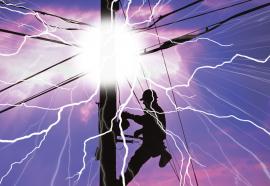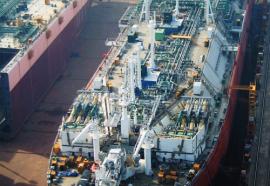People
(September 2007) DPL Inc. promoted Bryce Nickel to vice president of transmission and distribution operations. DPL also announced the promotion of Kevin Hall to director, transmission and distribution engineering. MDU Resources Group Inc. promoted Cynthia J. Norland, assistant vice president of administration, to vice president of administration. Portland General Electric Co. named Jay Dudley vice president, general counsel, and compliance officer. And others...










